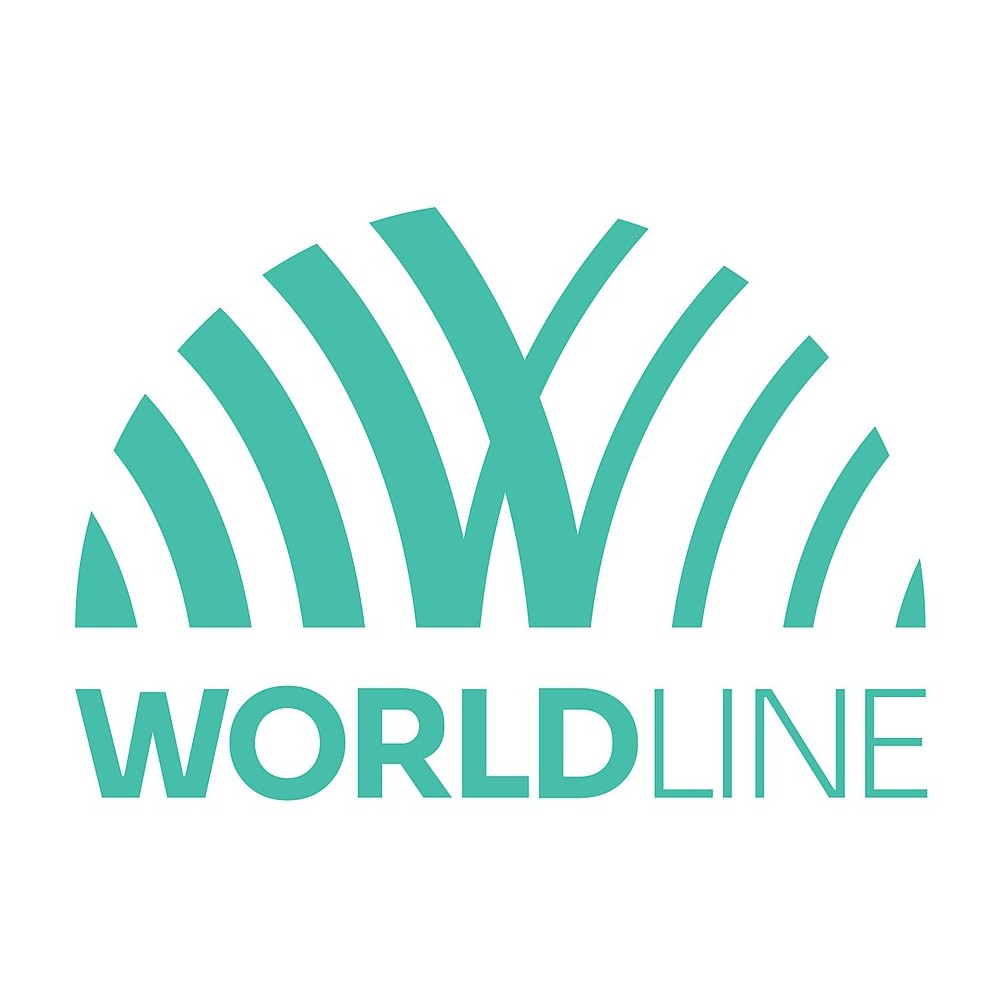Boasting one of the world’s most digitally connected populations, South Korea’s eCommerce market has seen explosive growth since 2018. This article examines the intricacies of the South Korean market, exploring its growth drivers, key players, and unique characteristics that set it apart. From the dominance of giant platforms to the rise of mobile payments, we’ll explore insights into the country’s vibrant digital shopping world.
Consumer demographics
South Korea’s eCommerce sector is bolstered by a unique demographic advantage of highly literate and urbanised consumers. Technologically adept and discerning, they can navigate the digital marketplace with ease. Furthermore, high levels of urbanisation mean that a significant proportion of consumers have access to the robust infrastructure of high-speed internet and efficient delivery systems; essential components for allowing eCommerce to flourish.
This combination of technological literacy and urbanisation has created a phenomenal environment for the growth of both large eCommerce platforms and small online businesses.
The country’s senior population, traditionally perceived as less tech-savvy, is actively engaged in the digital marketplace. This phenomenon, largely propelled by the COVID-19 pandemic, has infused a fresh dynamism into the eCommerce landscape.
It has therefore become vital to design user-friendly interfaces, simplify transaction processes, and provide tailored customer support for this age group to make their customer experience a smooth and inviting one. As well as business strategies, societal behaviours are being reshaped around technology usage, clearly illustrating that age is no barrier to embracing the ongoing digital revolution.
The eCommerce environment
Almost all South Koreans own a bank account, and the nation is transitioning towards a cashless society. To accommodate this development, innovative marketplaces like Coupang, and seamless wallets such as KakaoPay and TOSS Pay have emerged, offering online businesses significant payment opportunities. In addition, the country’s payment ecosystem is extensive including credit cards, debit cards, mobile wallets, and even QR code payments accommodating consumer preferences and smooth transaction processes.
These efficient and secure payment structures not only simplified eCommerce operations for businesses but also boosted consumer confidence, playing a pivotal role in the growth and success of South Korea’s eCommerce sector.
Therefore, international businesses can understand that South Korea has a developed eCommerce infrastructure. What is essential to this infrastructure, is the importance of localisation. Customers rely on local cards such as the Shinhan and KB card to get the best deals and benefits, with all deals processed in the South Korean Won (KRW).
Due to legal restrictions, the KRW cannot be repatriated beyond South Korea’s borders, which is a challenge to navigate for international businesses. Using localised systems is therefore an attractive option and does have its benefits. By doing so, consumers will not be potentially put off by international charges, though the way to integration can be complex. This is why partnering with payment providers with already established links to local methods can be a beneficial alternative, greatly simplifying the pathway to market.
🕒 Mobile Speed Matters: Stop Losing Customers 📉
Discover mobile benchmarks, top conversion killers, and expert fixes. Learn how to keep users engaged and drive revenue on mobile!
Download nowThe app marketplace
South Korea’s domestic eCommerce app market is distinctive because it is dominated by local operators, demonstrating the need to understand and cater to its unique cultural and consumer character. “ONE store” is a homegrown app marketplace and is an example of domestic apps competing with global giants such as Google Play and Apple’s App Store.
For international businesses seeking to take advantage of the country’s developed infrastructure, they should bear in mind these complexities and not rely upon the international behemoths they may be used to in their own markets.
The competitive nature of this marketplace has also led to regulatory scrutiny, as authorities seek to ensure fair practices and protect consumer interests. As one of the first countries to amend its telecommunications legislation to enforce anti-monopoly laws on app stores, large companies including Google and Apple will be compelled to allow competitor app stores on their devices. Once implemented, these changes will compound further the complexity of the South Korean marketplace for businesses.
Being available on multiple app stores may cause difficulty as each store may have varying requirements. From a payments perspective, this may mean that the existing payment systems would work on one app store and not another. Ensuring that payment structures are interoperable is therefore a major consideration for businesses.
Conclusion
South Korea’s demographic and infrastructure have enabled the strong eCommerce and app marketplace growth we see today, and we can expect that this will continue in the coming years. In a developing market with the level of dynamism currently displayed competition may continue to increase, encouraging new actors to improve the environment.
As society depends more upon cashless transaction options, this trajectory brings benefits to the app marketplace and providers that support online activities. International businesses, seeking to explore alternative markets can therefore look to South Korea as a place to seek further opportunities.












